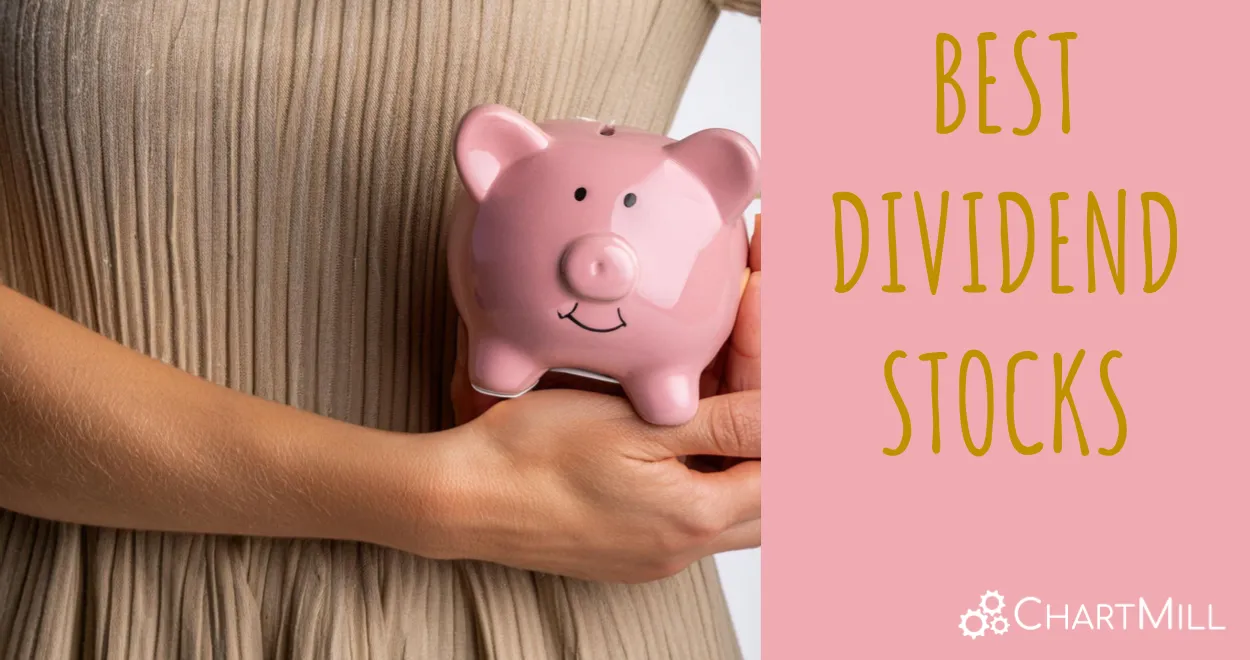Is NYSE:JNJ suited for dividend investing?
By Mill Chart
Last update: Nov 27, 2023
JOHNSON & JOHNSON (NYSE:JNJ) has caught the attention of dividend investors as a stock worth considering. NYSE:JNJ excels in profitability, solvency, and liquidity, all while providing a decent dividend. Let's delve into the details.
Understanding NYSE:JNJ's Dividend Score
ChartMill assigns a proprietary Dividend Rating to each stock. The score is computed by evaluating various valuation aspects, like the yield, the history, the dividend growth and sustainability. NYSE:JNJ was assigned a score of 7 for dividend:
- Compared to an average industry Dividend Yield of 4.65, JNJ pays a better dividend. On top of this JNJ pays more dividend than 93.17% of the companies listed in the same industry.
- On average, the dividend of JNJ grows each year by 9.96%, which is quite nice.
- JNJ has paid a dividend for at least 10 years, which is a reliable track record.
- JNJ has not decreased its dividend for at least 10 years, so it has a reliable track record of non decreasing dividend.
- 34.25% of the earnings are spent on dividend by JNJ. This is a low number and sustainable payout ratio.
How We Gauge Health for NYSE:JNJ
ChartMill employs a unique Health Rating system for all stocks. This rating, ranging from 0 to 10, is determined by analyzing various liquidity and solvency ratios. For NYSE:JNJ, the assigned 7 for health provides valuable insights:
- JNJ has an Altman-Z score of 4.70. This indicates that JNJ is financially healthy and has little risk of bankruptcy at the moment.
- With an excellent Altman-Z score value of 4.70, JNJ belongs to the best of the industry, outperforming 82.44% of the companies in the same industry.
- JNJ has a debt to FCF ratio of 1.90. This is a very positive value and a sign of high solvency as it would only need 1.90 years to pay back of all of its debts.
- JNJ has a better Debt to FCF ratio (1.90) than 91.71% of its industry peers.
- JNJ has a Debt/Equity ratio of 0.39. This is a healthy value indicating a solid balance between debt and equity.
- Even though the debt/equity ratio score it not favorable for JNJ, it has very limited outstanding debt, so we won't put too much weight on the DE evaluation.
- The current and quick ratio evaluation for JNJ is rather negative, while it does have excellent solvency and profitability. These ratios do not necessarly indicate liquidity issues and need to be evaluated against the specifics of the business.
A Closer Look at Profitability for NYSE:JNJ
ChartMill utilizes a Profitability Rating to assess stocks, scoring them on a scale of 0 to 10. This rating takes into account a variety of profitability ratios and margins, both in absolute terms and in comparison to industry peers. NYSE:JNJ has earned a 9 out of 10:
- With an excellent Return On Assets value of 20.85%, JNJ belongs to the best of the industry, outperforming 97.07% of the companies in the same industry.
- With an excellent Return On Equity value of 48.61%, JNJ belongs to the best of the industry, outperforming 96.10% of the companies in the same industry.
- Looking at the Return On Invested Capital, with a value of 17.66%, JNJ belongs to the top of the industry, outperforming 93.66% of the companies in the same industry.
- The 3 year average ROIC (15.62%) for JNJ is below the current ROIC(17.66%), indicating increased profibility in the last year.
- JNJ has a Profit Margin of 39.58%. This is amongst the best in the industry. JNJ outperforms 98.05% of its industry peers.
- JNJ's Profit Margin has improved in the last couple of years.
- JNJ has a better Operating Margin (28.66%) than 94.63% of its industry peers.
- JNJ's Operating Margin has improved in the last couple of years.
- JNJ has a better Gross Margin (68.86%) than 75.61% of its industry peers.
Every day, new Best Dividend stocks can be found on ChartMill in our Best Dividend screener.
For an up to date full fundamental analysis you can check the fundamental report of JNJ
Keep in mind
This is not investing advice! The article highlights some of the observations at the time of writing, but you should always make your own analysis and invest based on your own insights.
